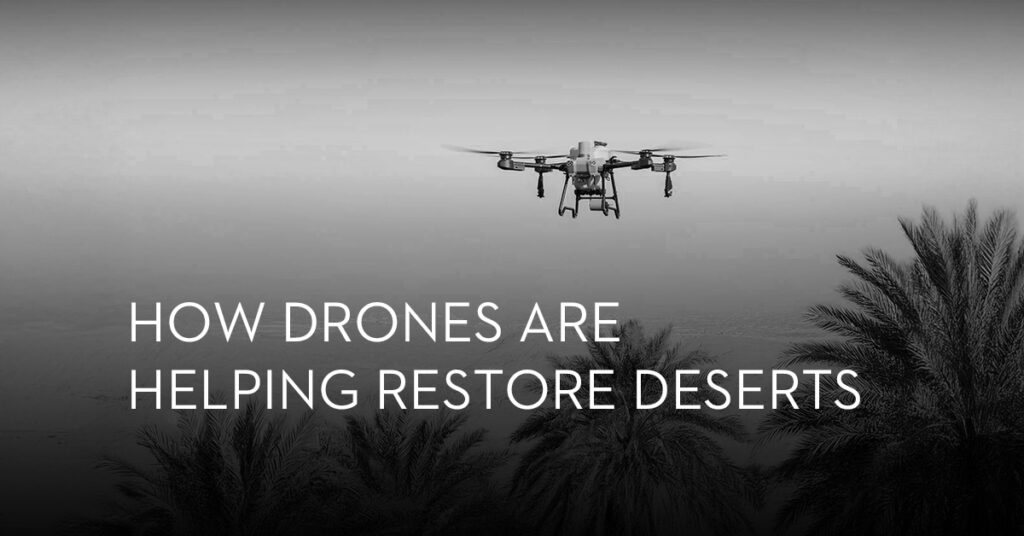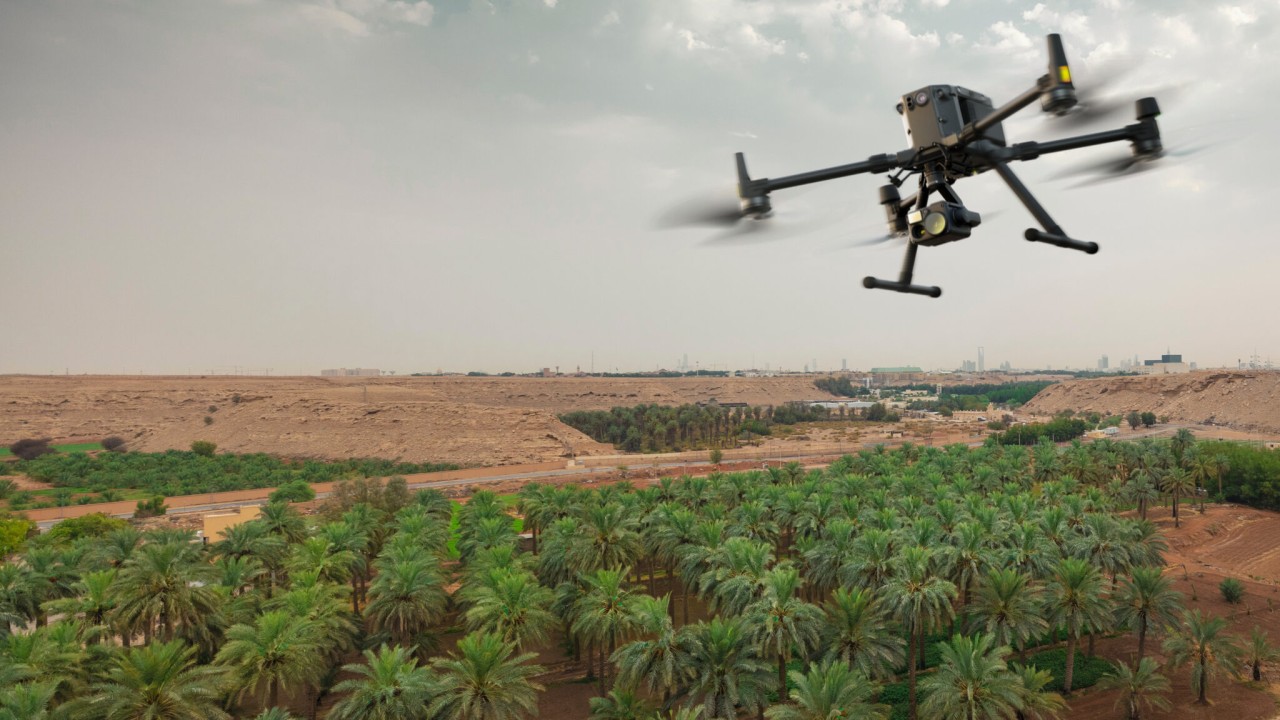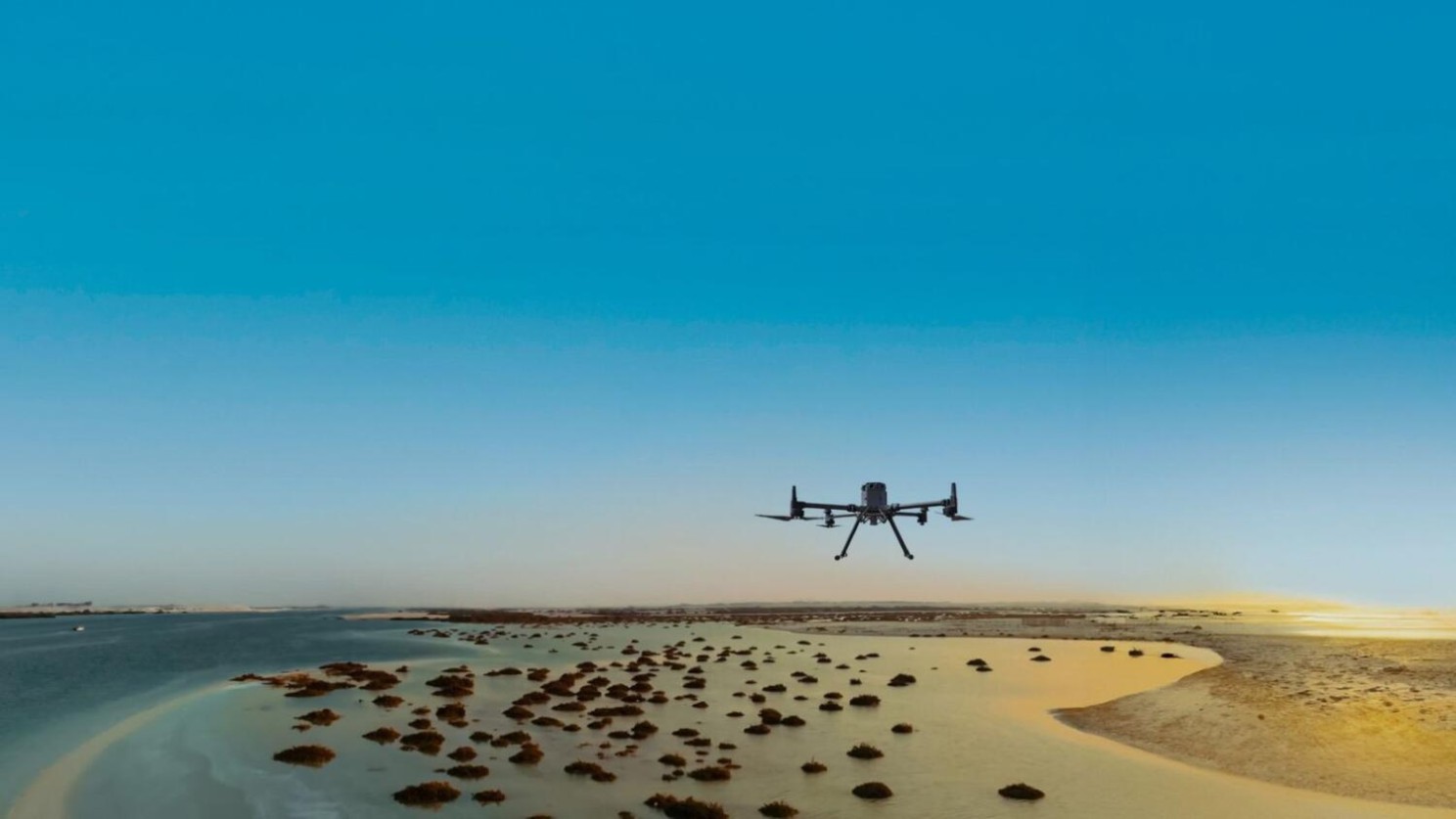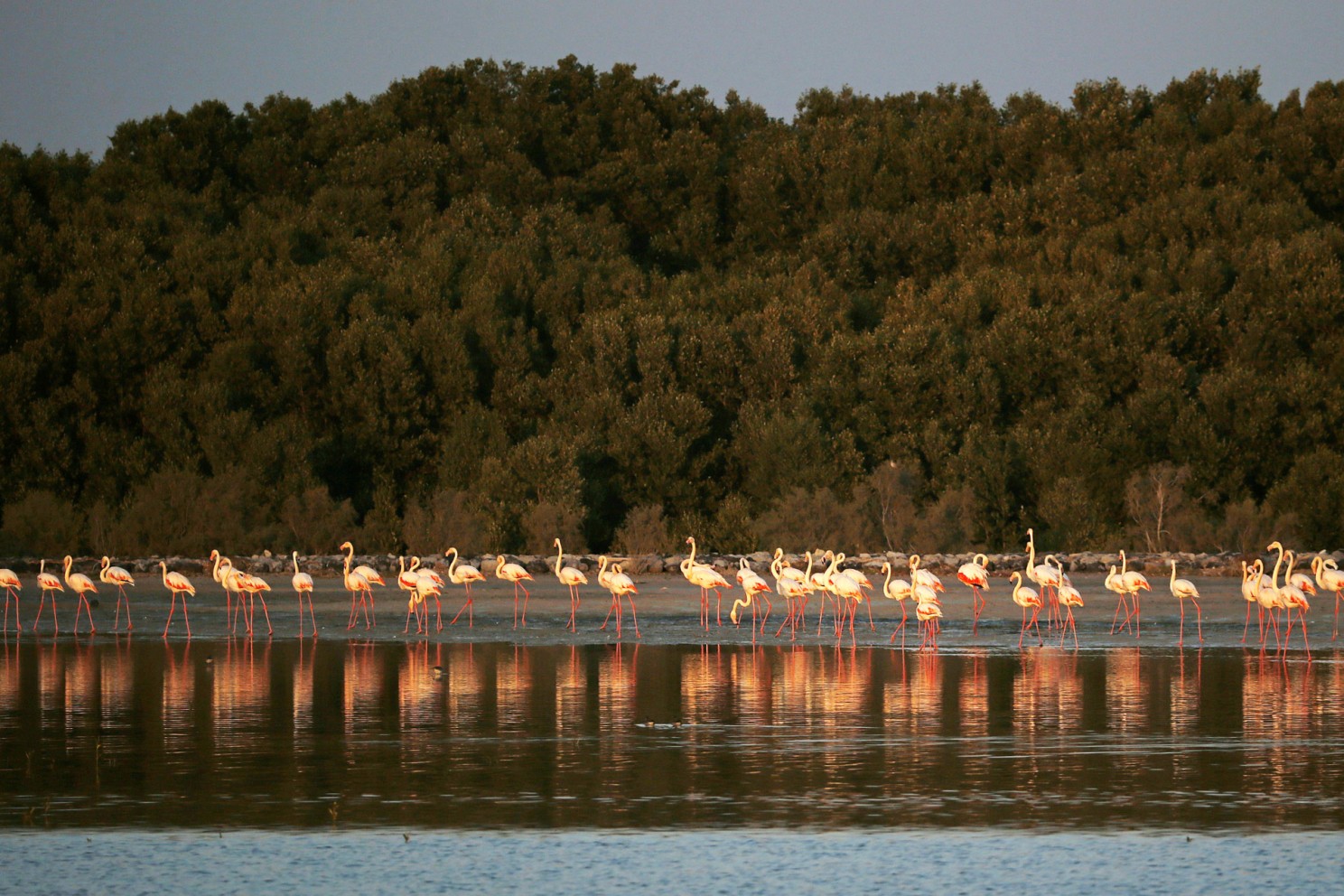
An initiative of the Environment Agency – Abu Dhabi (EAD) brings forth an innovative solution to one of the most pressing challenges of our time – ecological degradation. The project aims to reintroduce native plant species with drones that are capable of seeding a whopping 60 hectares worth of desert land every single day – that is equivalent to 100 football fields! These drones are equipped to carry and plant 53 different species at a time and are also capable of meticulously recording the location of each seed to monitor and ensure the successful sprouting.

Extending far beyond its borders, Abu Dhabi’s drone-powered reforestation project serves as a model for sustainable development across the Gulf region. And, the use of drone technology in Al Dhafra’s desert for aerial seeding highlights a highly practical and scalable solution for reforesting challenging terrains. With the first arid restoration trial already underway, the project has successfully planted seeds without the need for traditional irrigation methods, selecting areas that naturally receive the most rainfall to foster growth.
This can be a critical step towards achieving an ecological balance preserving habitats for local species, and aid in combating the effects of climate change. It will also represent a major leap in conservation efforts, promising a greener future not just for Abu Dhabi but for the entire Gulf region, affected by similar arid conditions.

The project’s success heavily relies on effectively using geo data and artificial intelligence (AI) to optimise seed dispersal and ensure newly planted ecosystems thrive. By analysing geo data, these technologies enable precise targeting and monitoring of reforestation efforts, ensuring that each seed has the best possible chance of sprouting and a higher chance of survival.
As we look to the future, the vision for Abu Dhabi and the wider Gulf region is one of lush landscapes and diverse biomes – one that will prevail as a beacon of hope and will signify the use of drone technology in the fight against climate change and environmental degradation. Seamlessly integrating drones, data, and AI to optimise reforestation efforts offers tangible proof that even the most inhospitable landscapes can be transformed into sources of life and biodiversity through responsible use of technology.
As we continue to face global environmental challenges, initiatives like this offer not only hope but also the blueprint for conservation efforts worldwide, urging us to rethink our approach to sustainability and act boldly for the sake of our planet.
